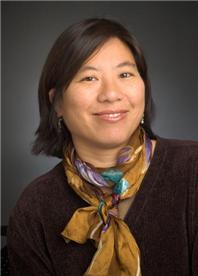A new study, published today in the Journal Cell, takes a new and fascinating look at the genetic evolution involved in CLL.
Researchers at Dana-Farber Cancer Institute and the Broad Institute show, more fully than ever before, how these mutations shift and evolve over time in chronic lymphocytic leukemia (CLL) – providing a strobe-like look at the genetic past, present, and future of CLL tumors.
"One of the biggest challenges that patients with CLL and their physicians face is how to deal with relapse," said study co-senior author, Catherine Wu, MD, of Dana-Farber. "It's been clear for some time that tumors are collections of different subgroups of cells, each with a particular set of gene mutations, and that, over time, some of these subgroups become more prevalent and some less. So the tumor that you initially treat can be quite different, from a genetic standpoint, from the tumor that recurs later on."
'Researchers were able to identify the cell subgroups that became more prominent in the later stages of the disease. In patients where these subgroups were particularly predominant, the disease was likely to worsen rapidly, requiring prompt therapy. "In other words, the faster the disease is evolving, the more likely it is to take an aggressive form," Wu explained.'
CLL is clearly not genetically static, but continuously moving and changing. An interesting hypothesis of this study...
'The instances where patients donated CLL samples several years apart proved particularly interesting. Cells from patients who received chemotherapy during those years underwent a great deal of genetic evolution, showing marked increases in some cell subgroups and decreases in others, whereas samples from patients who didn't undergo such therapy were remarkably stable. "This suggests that, in some patients, treatment can actually hasten the evolution of the disease and speed its recurrence," Wu observed.'
Much more in this Article
sciencecodex.com/study_trac...
Paper
